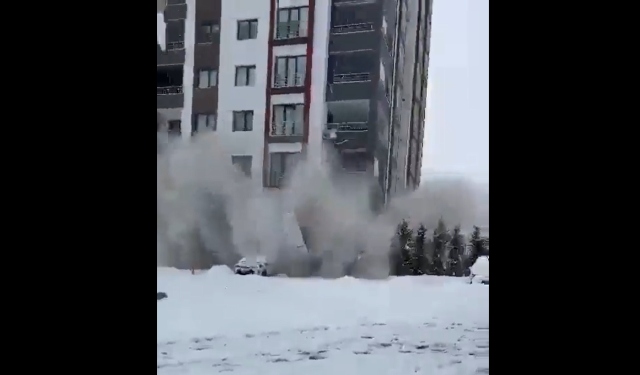Cincinnati stops drawing water from Ohio River for drinking due to East Palestine derailment contamination
02/21/2023 / By Ethan Huff

Following the discovery that low levels of butyl acrylate may have seeped into the Ohio River through a small creek about 300 miles north of Cincinnati near the site of the East Palestine train derailment disaster, the water utility service in Cincinnati has cut off all drinking water from the potentially contaminated water source.
“Out of an abundance of caution,” Greater Cincinnati Water Works (GCWW) closed the intake in the river well in advance of water from the contamination site reaching the large city, which boasts more than 300,000 residents.
“GCWW is continuing to monitor the situation to keep your water safe,” tweeted the City of Cincinnati about the GCWW’s decision.
The water that normally flows through the now-closed intake from the Ohio River is processed at a nearby water treatment plant before being sent out as drinkable through people’s taps.
It was originally estimated that contaminated water from the train wreckage would reach Cincinnati by Monday, but that estimation was shortened to Sunday due to factors such as “wind and water flow speed.”
East Palestine is located way in the northern part of Ohio along the Pennsylvania border near Pittsburgh while Cincinnati is located in the first southwest corner of Ohio along the state’s border with Kentucky.
(Related: The Center for Toxicology and Environmental Health [CTEH], the private contractor hired by Norfolk Southern to test water, soil, and air quality in and around East Palestine, is accused by some of being a farcical entity engaged in a massive coverup.)
GCWW will rely on water reserves until contamination has passed
The City of Cincinnati released a press release about the matter with further details about the intake closure, including the time it occurred at 2am on Sunday, according to GCQQ.
“After extensive sampling of river water Sunday through Monday morning, there have been no detections of the specific chemicals from the train derailment,” the city said.
“GCWW did have an extremely low detection of the compound 2-Ethyl-1-hexanol in one sample collected in the river near the closed intake yesterday afternoon; however, there have been no detections since that time.”
The City of Cincinnati further indicated that the water intakes were closed throughout the sample period, so no potentially contaminated river water ever entered the water treatment plant.
“The intake was opened mid-day today,” the city said on Monday. “Optimized treatment has been incorporated as a precautionary measure. Additionally, GCWW will continue to closely monitor and sample the Ohio River and work with neighboring utilities and partners.”
Test results from approximately 148 different water samples showed “Not Detected” for butyl acrylate, vinyl chloride, ethylene glycol monobutyl ether, ethylhexyl acrylate, and 2-ethylhexanol.
“Our utility will continue regular sampling for the foreseeable future to ensure a supply of safe and healthy drinking water is available for GCWW customers,” Cincinnati officials further clarified about what they plan to do moving forward.
“GCWW continues to work with federal, state, and regional partners to track the spill, which is expected to arrive in the Cincinnati area sometime early Sunday, February 19. GCWW will optimize its treatment processes and monitor for this chemical to ensure our plant is removing it.”
Swertfeger indicated that it is somewhat routine for GCWW to close these same water intakes at regular intervals in order to test samples from the Ohio River for contaminants. When in need, GCWW is able to draw water from its special reserves to make up for the water lost during intake closures.
The Ohio Environmental Protection Agency (EPA) announced that contaminated waters from the East Palestine site were moving at a rate of about one mile per hour as of last Tuesday.
The latest news about the East Palestine contamination incident can be found at Disaster.news.
Sources for this article include:
Submit a correction >>
Tagged Under:
big government, cincinnati, clean water, contaminated water, East Palestine, Ecology, environment, GCWW, national security, Ohio river, poison, tap water, toxic chemicals, toxins, Vinyl chloride, water supply
This article may contain statements that reflect the opinion of the author
RECENT NEWS & ARTICLES
COPYRIGHT © 2017 ENVIRON NEWS
















